Optimal Timing for Concrete Installations
Concrete installations are highly dependent on weather conditions to ensure proper curing and durability. The optimal time for concrete work typically aligns with periods of mild temperatures and low humidity, which facilitate proper setting and strength development.
Spring and fall offer moderate temperatures and lower precipitation, making them ideal for concrete projects. These seasons reduce the risk of thermal cracking and curing issues.
Extreme cold can cause concrete to freeze before curing, weakening the structure. High summer temperatures can lead to rapid evaporation and cracking, so timing is crucial.
Monitoring weather forecasts helps determine suitable days for concrete work. Avoiding rain and frost is essential for quality results.
Moderate humidity supports proper hydration of cement particles, ensuring strength and longevity of the concrete.
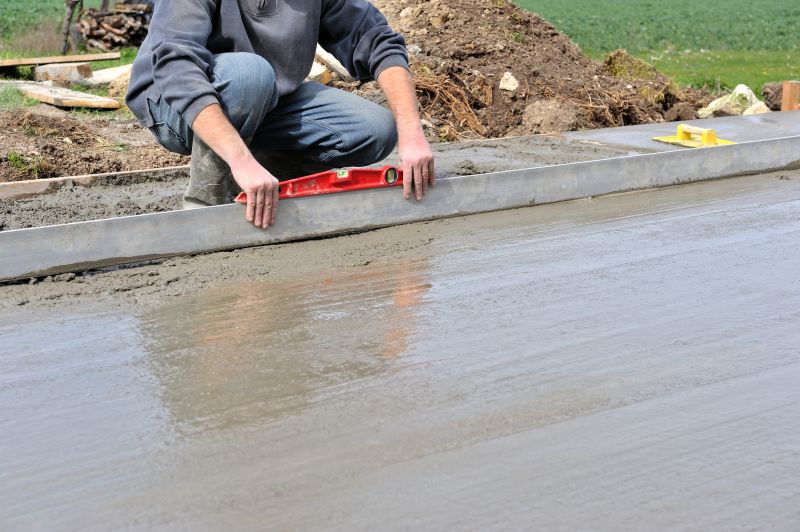
Spring offers ideal conditions for concrete installation with mild temperatures and low rainfall.

Summer requires careful planning to avoid high heat and rapid drying, but it is still feasible with proper measures.
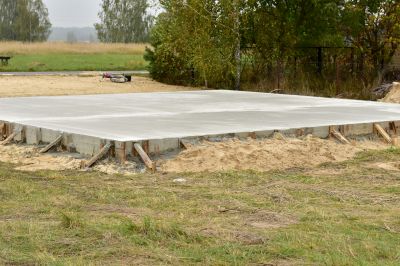
Fall provides cooler temperatures and less humidity, suitable for durable concrete setups.
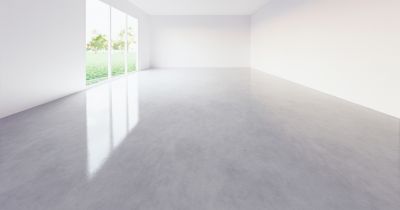
Ways to make Concrete Installations work in tight or awkward layouts.
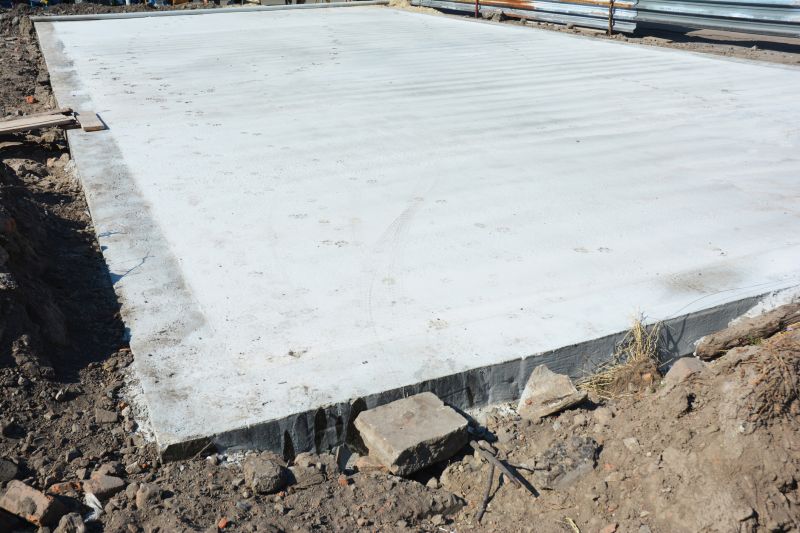
Popular materials for Concrete Installations and why they hold up over time.
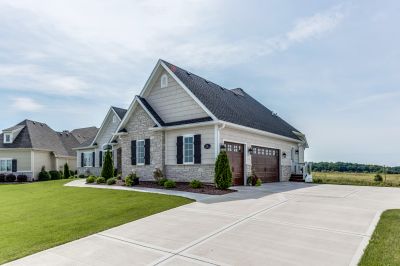
Simple add-ons that improve Concrete Installations without blowing the budget.
| Season | Ideal Conditions |
|---|---|
| Spring | Moderate temperatures, low rainfall, and stable humidity |
| Summer | Warm temperatures, caution with high heat and rapid drying |
| Fall | Cooler weather, lower humidity, and less precipitation |
| Winter | Generally not recommended due to freezing temperatures |
Concrete installations require careful consideration of weather patterns to ensure optimal curing and strength. Proper timing minimizes risks such as cracking, scaling, and delayed setting. Seasonal changes influence the curing process, with moderate weather promoting the best results. Advanced planning and weather monitoring are essential for successful concrete projects.
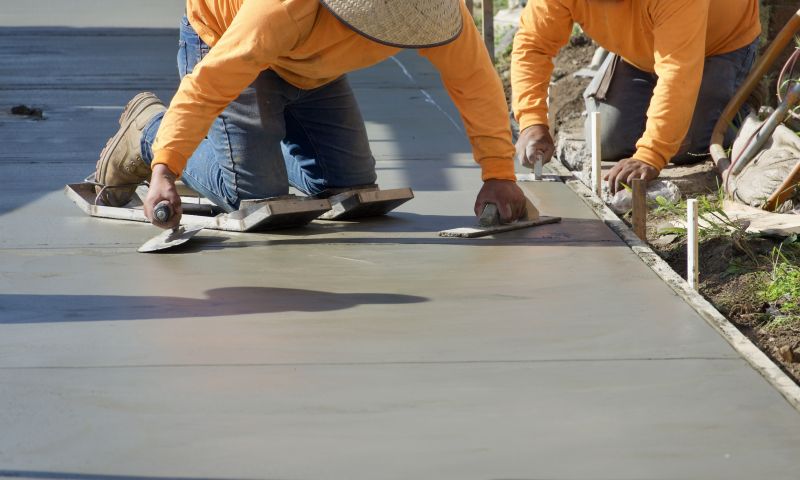
Spring provides optimal conditions for durable concrete installation.

Summer requires measures to manage heat and evaporation.
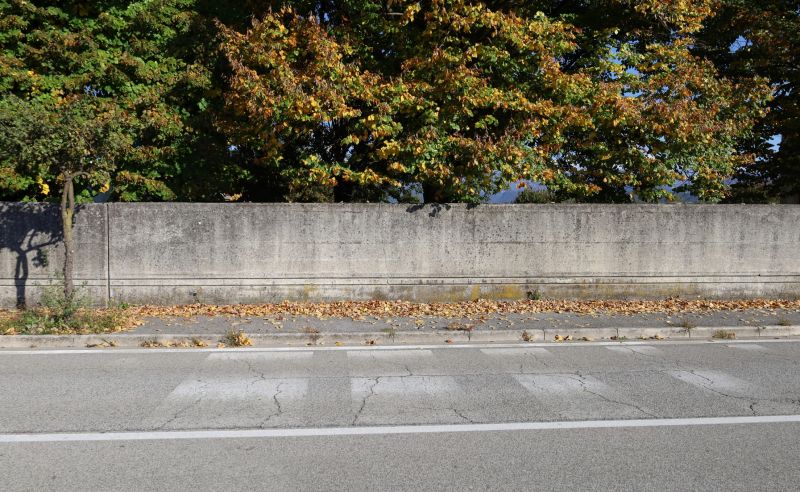
Fall offers cooler, stable weather for concrete projects.
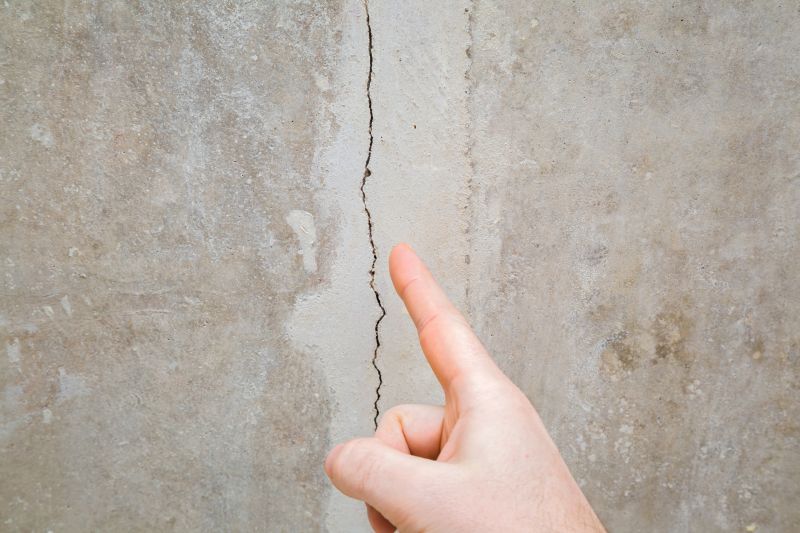
Cold weather can hinder proper curing and lead to structural issues.
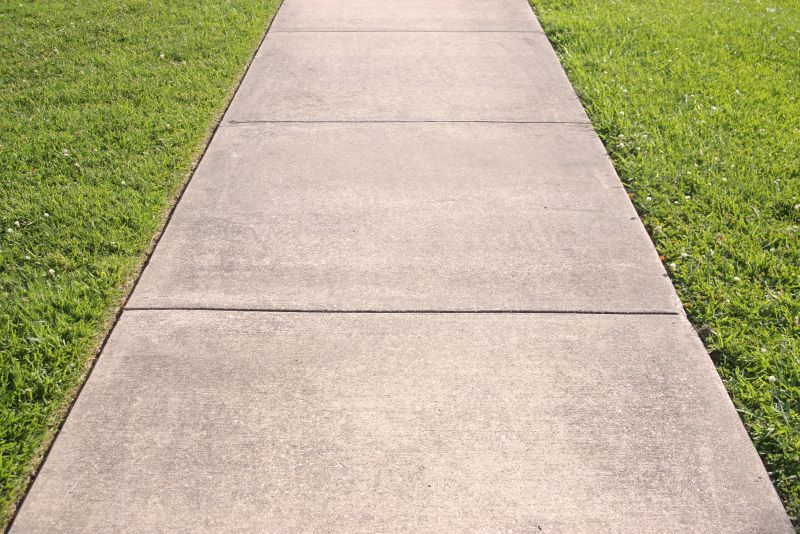
High-end options that actually feel worth it for Concrete Installations.
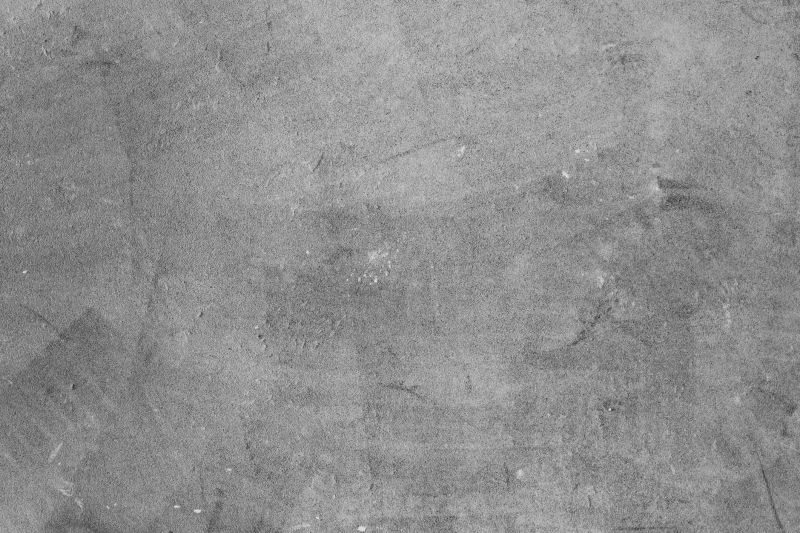
Finishes and colors that play nicely with Concrete Installations.
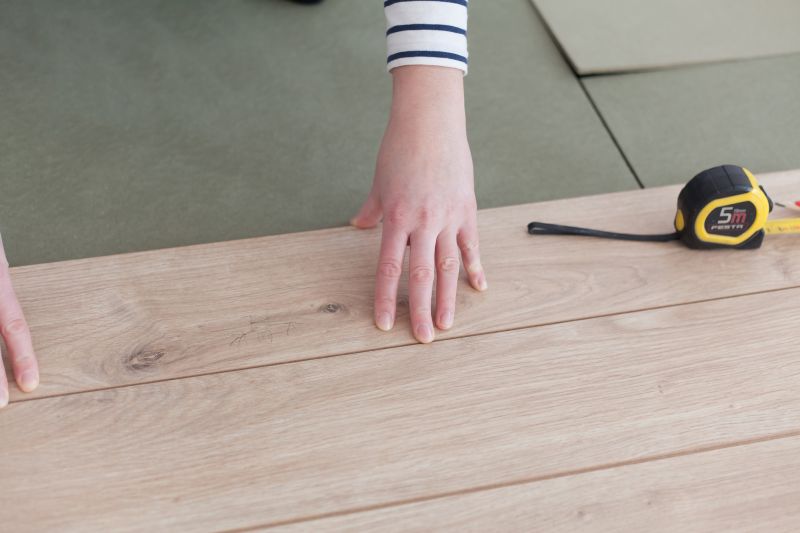
Little measurements that prevent headaches on Concrete Installations day.
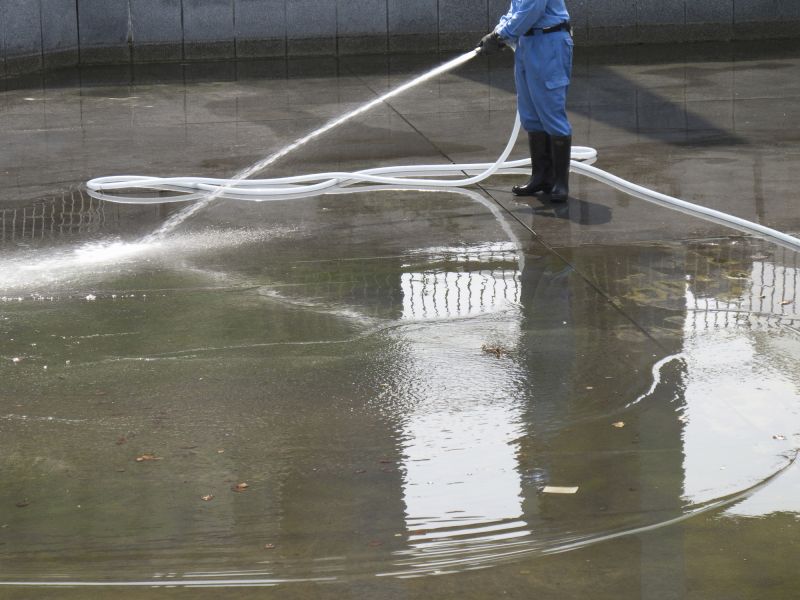
A 60-second routine that keeps Concrete Installations looking new.
Selecting the right time for concrete installations enhances the longevity and quality of the finished surface. It is advisable to avoid extreme weather conditions and to plan projects during seasons with predictable, mild weather patterns. Proper scheduling and weather assessment contribute to successful and durable concrete work.
Check local weather conditions before scheduling concrete work to avoid delays and issues.
Adjust project timelines based on seasonal weather patterns for optimal results.
Employ curing blankets and covers during unfavorable weather to protect concrete.
Interested in scheduling concrete installations? Filling out the contact form provides the necessary details to plan the project around optimal weather conditions, ensuring a durable and high-quality result.
